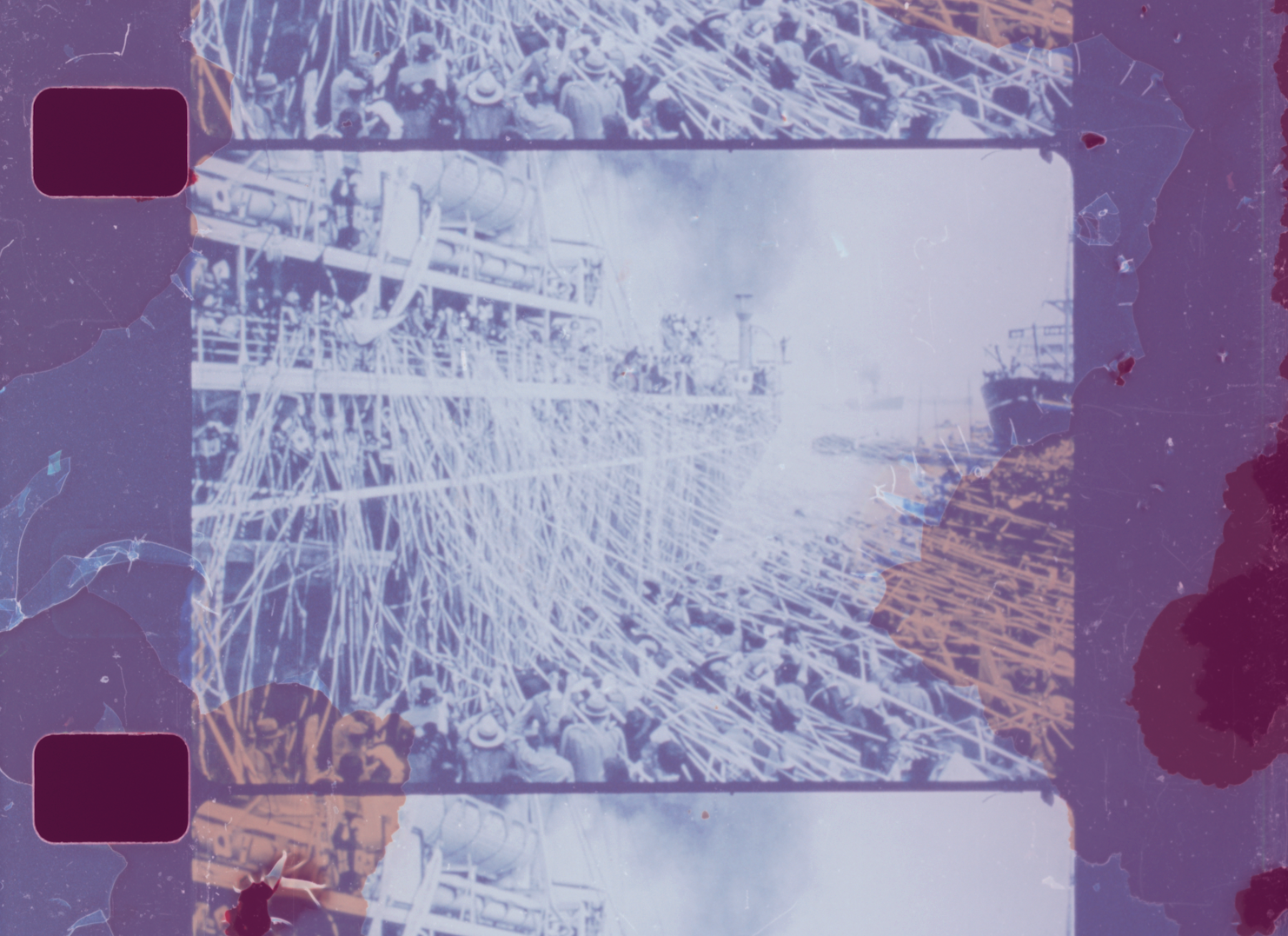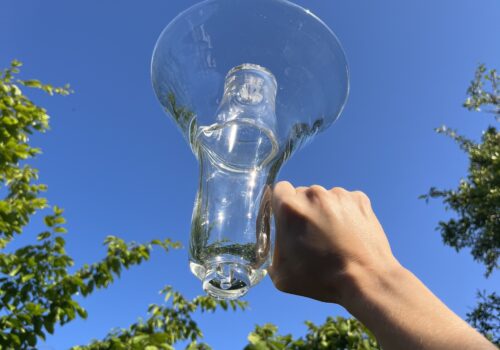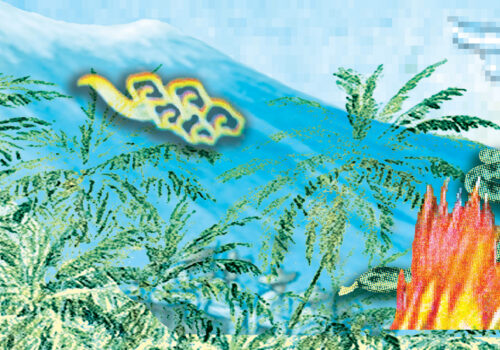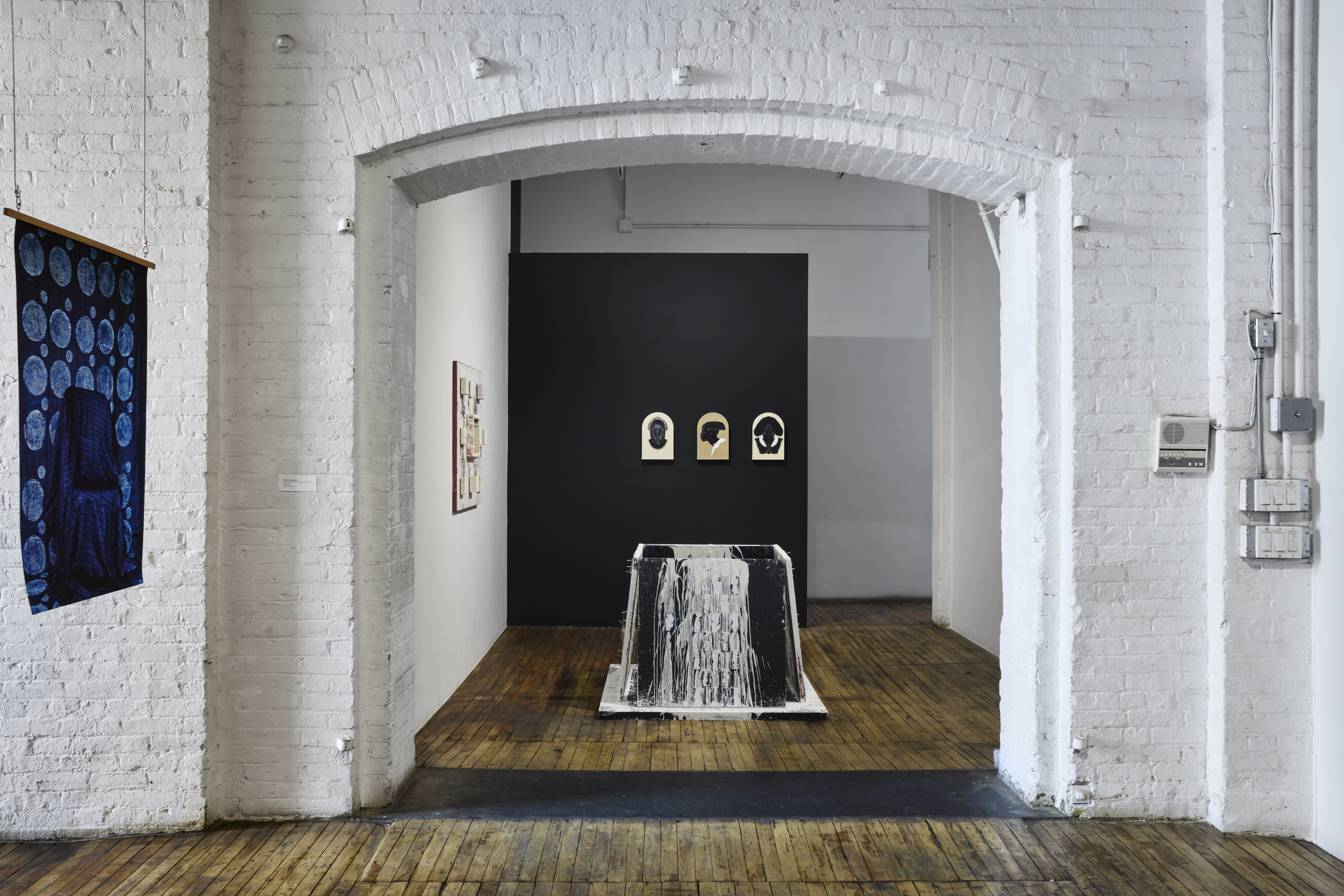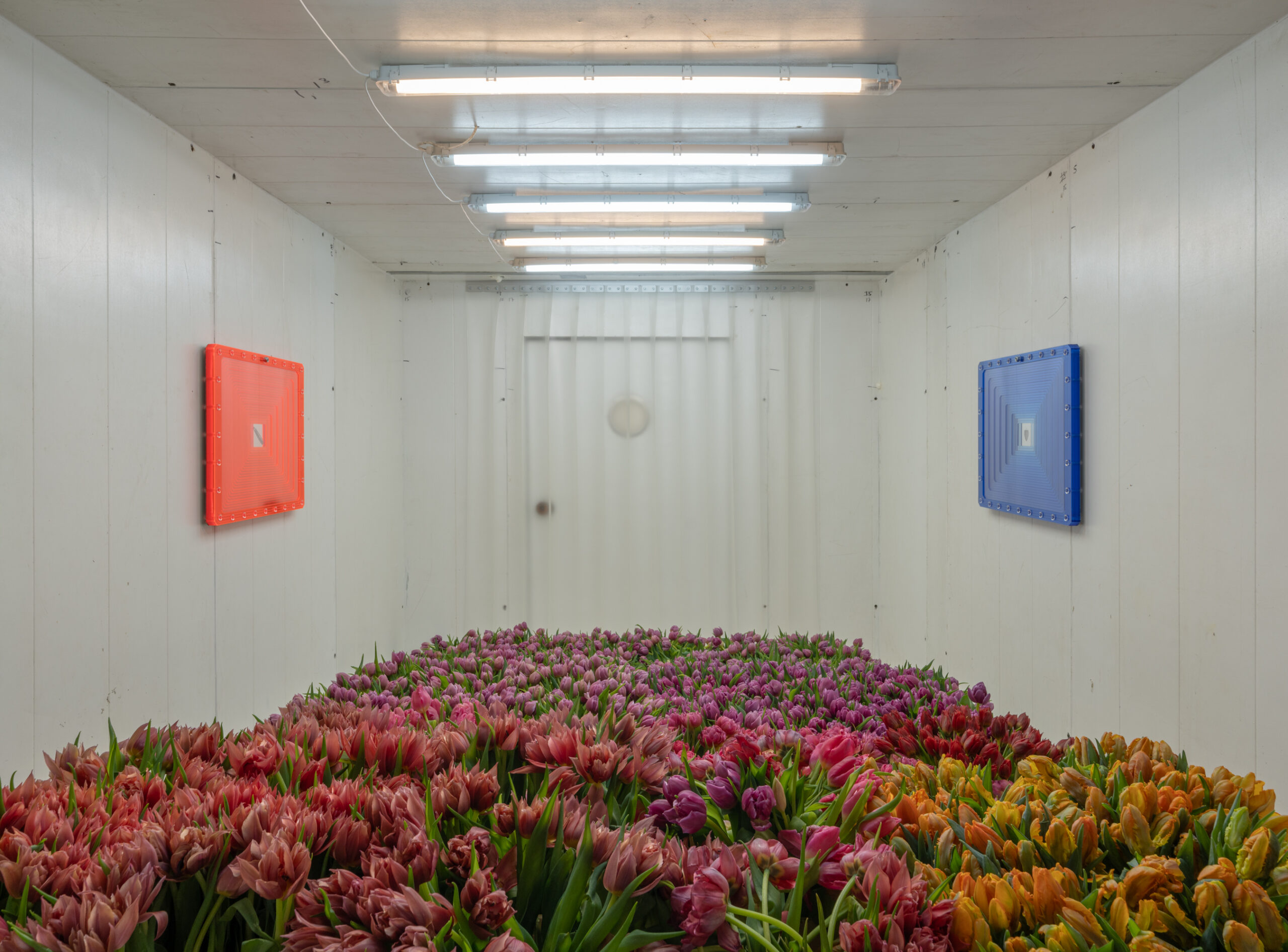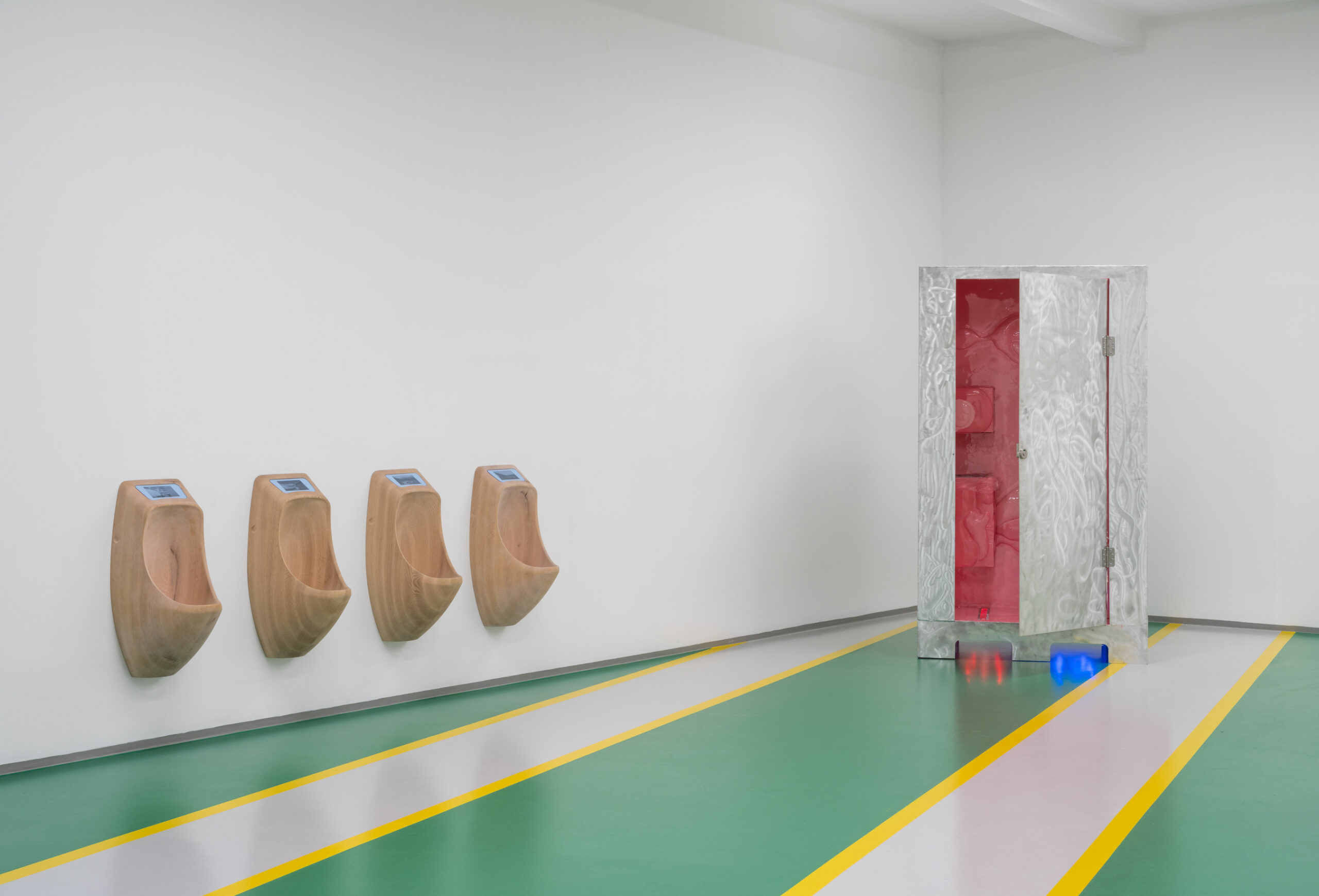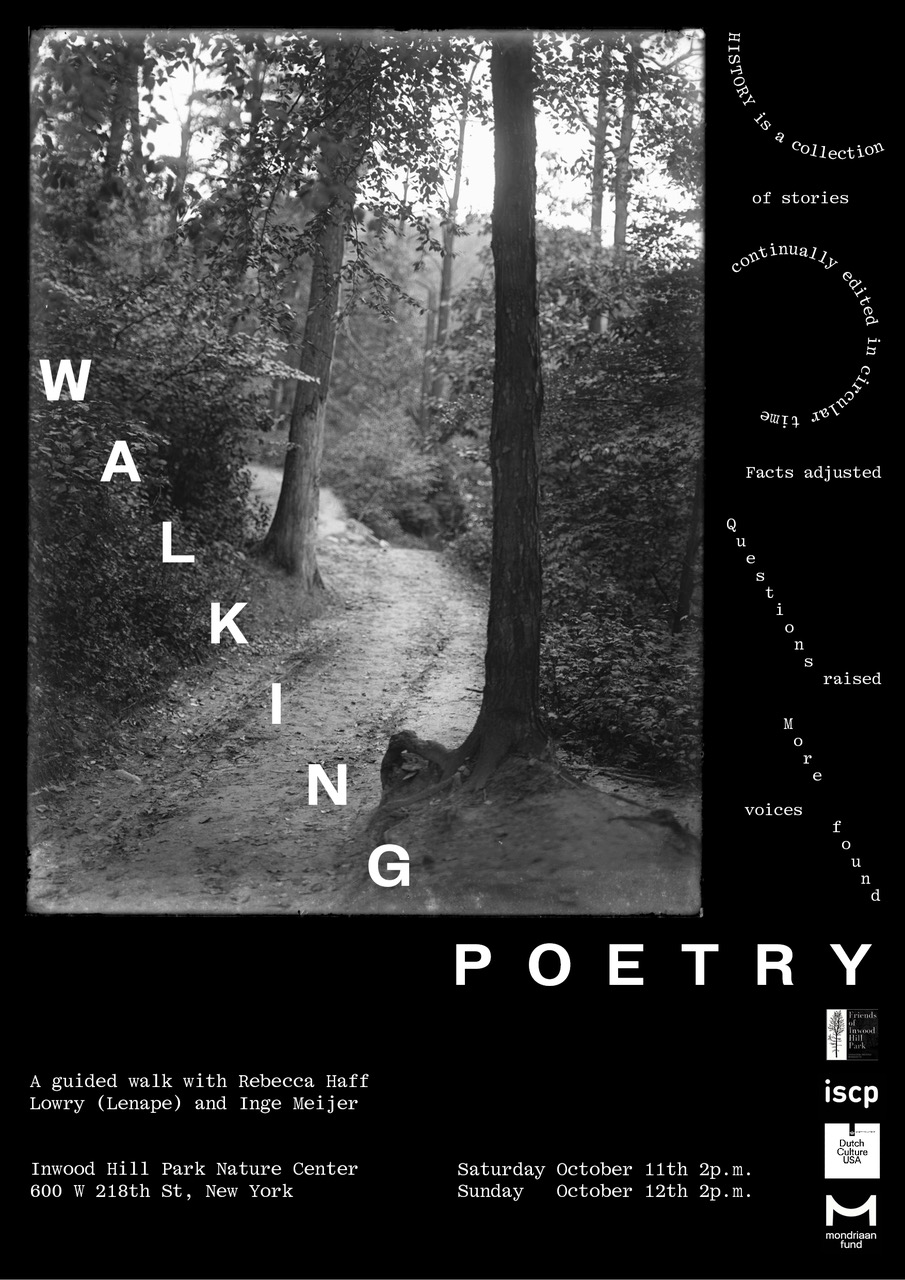ExhibitionThrough February 20
Maya Jeffereis: Land of Eternal Summer
Join us for the Opening Reception on Tuesday, October 28 from 6–8pm.
The International Studio & Curatorial Program (ISCP) debuts a new video and installation by Maya Jeffereis that reframes an overlooked history of Japanese migration to Brazil in the early 20th century, which formed the largest Japanese diaspora in the world. Blending archival documentation, experimental film techniques, and firsthand accounts, Jeffereis captures transnational entanglements of migration, labor, and cultural inheritance in her fluid, dreamlike compositions.
Jeffereis’s art focuses on counter-narratives of diasporic Asian communities, including her own family’s experience working as contract laborers on Hawaiian sugar plantations after immigrating from Japan and later, their forced removal and incarceration in the United States during World War II. Starting from personal archives, her work expands outward, tracing shared struggles and legacies of resistance across geographies. Jeffereis finds inspiration from Pacific scholar Epeli Hau‘ofa’s vision of Oceania as a unified “sea of islands,” and imagines the ocean not as a barrier, but as a site of ancestral continuity.
For this exhibition, Jeffereis turns her attention to the wave of Japanese laborers that immigrated to Brazil to work on coffee plantations, a movement that began in 1908, in the wake of slavery’s abolition and shifting global immigration policies. Resisting conventional methods of presenting historical footage on this subject, she transfers images from Japanese Brazilian archives to 16mm film and uses a phytogram process—a cameraless technique in which plants develop the photograph or moving image. Plants from both Brazil and Japan, including açaí, coffee, hibiscus and chamomile flowers, kariyasu (Japanese silver grass) and kihada (Amur cork tree bark), give visual form to the hazy images on screen, interrupting the documentary gaze. Jeffereis extends this practice in the gallery with an installation composed of naturally dyed fabric and anthotypes—prints made from plant extracts.
Throughout the video, fragmented images of passenger ships, families, and migrants in fields flicker alongside translated excerpts of tanka poems written by Japanese laborers in Brazil. Beneath these expressions of longing and resilience is an inquiry into the complex dynamics of national identity during Brazil’s Estado Novo dictatorship in the 1930s and ’40s, when Japanese Brazilians endured oppression and cultural erasure while still maintaining ties to imperial Japan. Jeffereis emphasizes the land—not only as a site of occupation, extraction, and destruction, but also as a place for reimagining belonging. Across her practice, Jeffereis asks what it means to reclaim the archive and envision new ways of seeing rooted in the environment, solidarity, and forms of community beyond the nation-state.
Maya Jeffereis is a New York-based artist and filmmaker working with video installation and experimental film. Jeffereis’s work has been presented in the United States and internationally, including at the Hirshhorn Museum and Sculpture Garden, Washington, D.C.; Brooklyn Museum, New York; The Noguchi Museum, New York; and Aldrich Contemporary Art Museum, Connecticut, among other institutions. Her work has screened in international film festivals including Images Festival, Canada; Third Horizon Film Festival, Miami, Florida; Cosmic Rays, Chapel Hill, North Carolina; and Alchemy Film and Moving Image Festival, United Kingdom.
This exhibition is curated by Melinda Lang, Director of Programs and Exhibitions. It is supported by Alice and Lawrence Weiner; Danna and Ed Ruscha; Hartfield Foundation; Horace W. Goldsmith Foundation; Milton and Sally Avery Arts Foundation; New York City Department of Cultural Affairs, in partnership with the City Council; New York State Senator Julia Salazar; Brooklyn Borough President Antonio Reynoso; New York City Council District 34; New York State Council on the Arts with the support of the Office of the Governor and the New York State Legislature; James Rosenquist Foundation; and William Talbott Hillman Foundation.
_____
Accessibility information: Please note that the entrance to ISCP has seven steps and a ramp, which is ADA compliant. There are seven artist studios and one exhibition space which can be accessed on the first floor of ISCP. There is an accessible bathroom on the first floor at the end of the hallway, up one step, where the artist studios are located. To access the second floor there is a staircase with a grab bar installed on the right side with 22 steps. The second floor has 22 artist and curator studios, one exhibition space, and a lounge where remarks by our guest speaker will take place. To access the third floor there is a staircase with a grab bar installed on the right side with 24 steps. The third floor has five artist and curator studios. ISCP can access a freight elevator to bring visitors between the first and second floors on request.
ISCP can offer two reserved parking spaces on request for people with disabilities. Please email programs@iscp-nyc.org to request a parking space and/or freight elevator usage.
